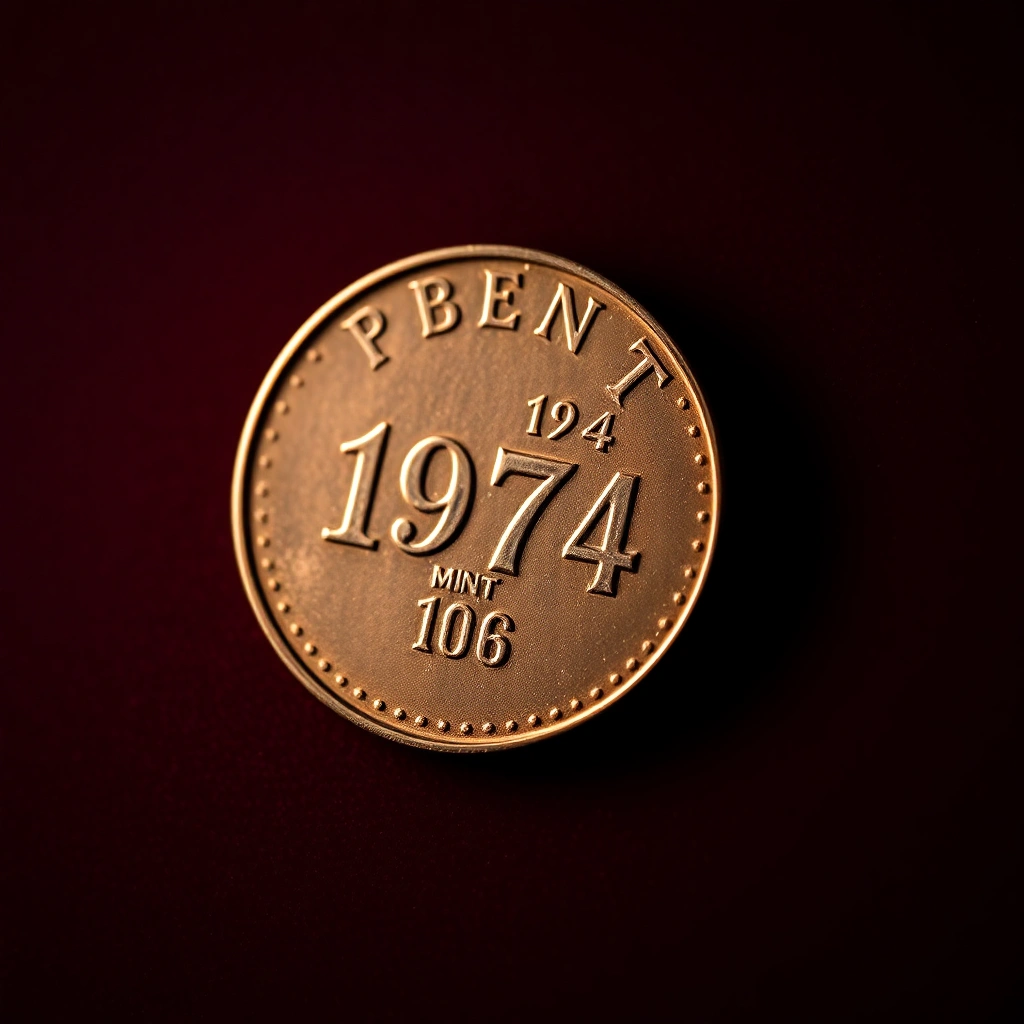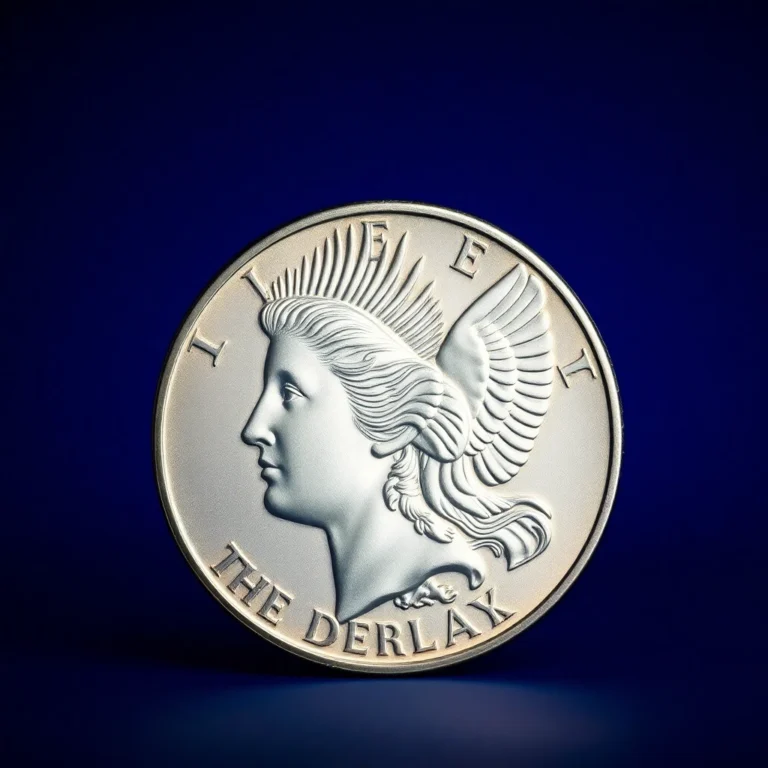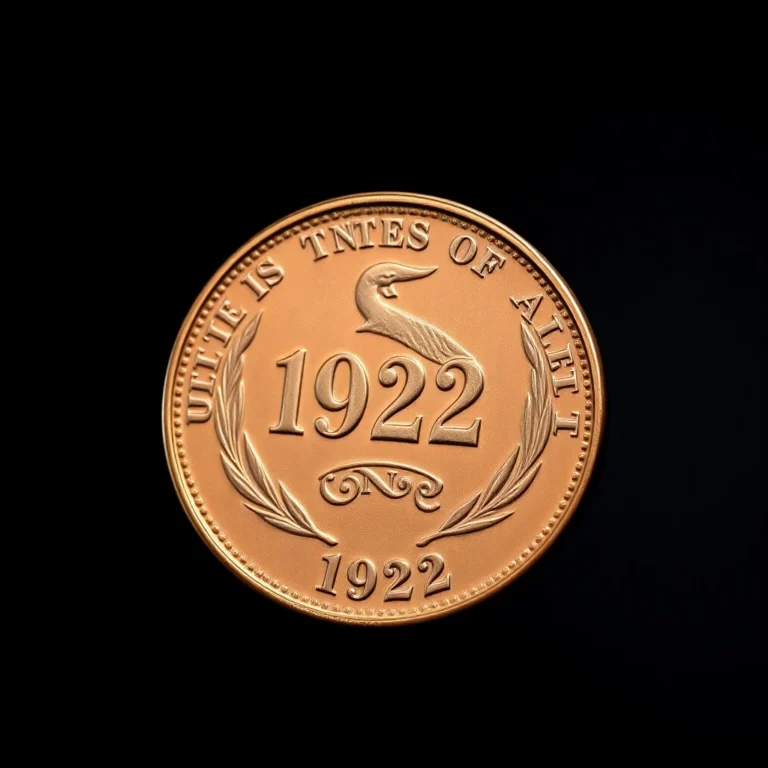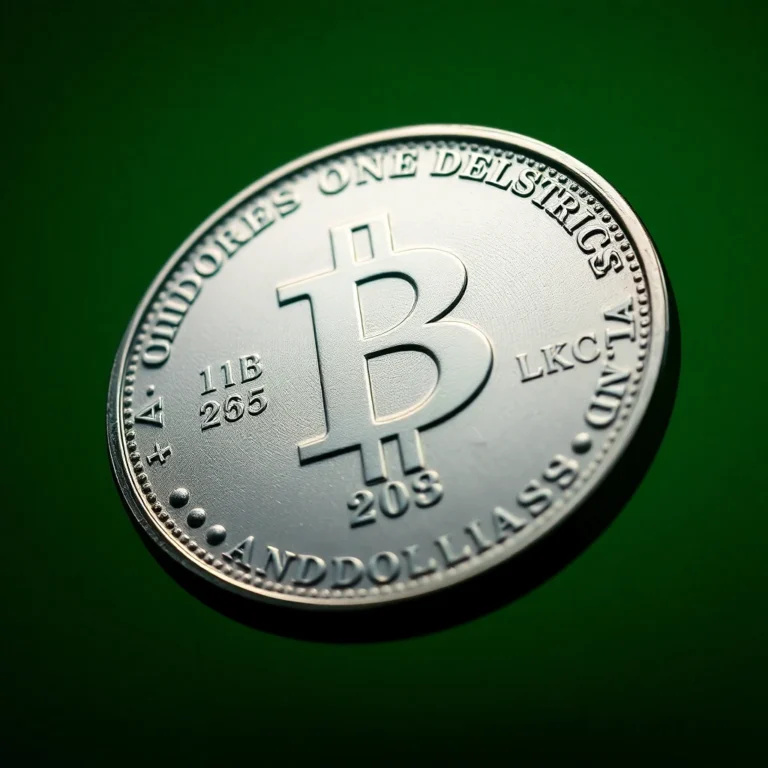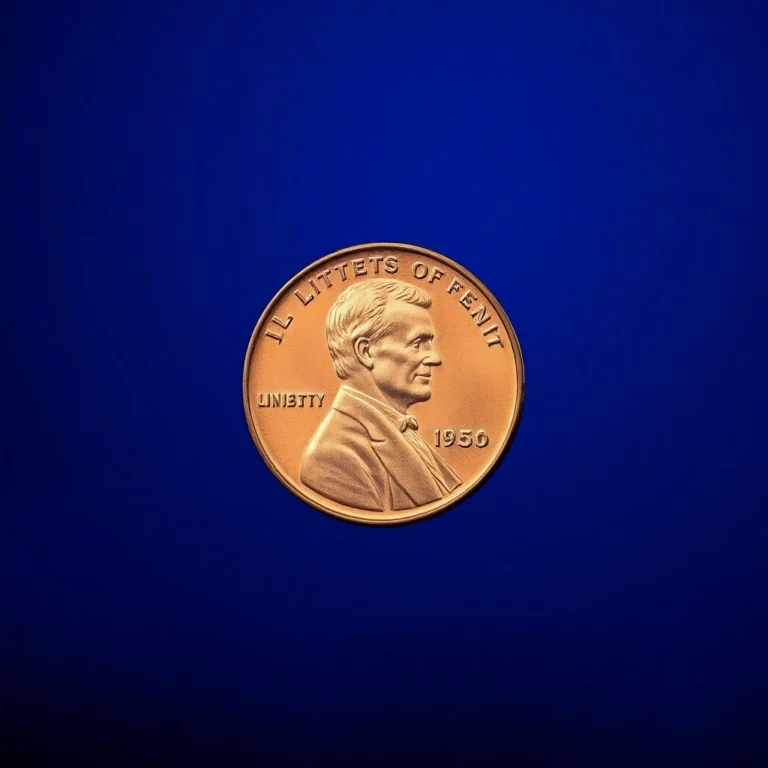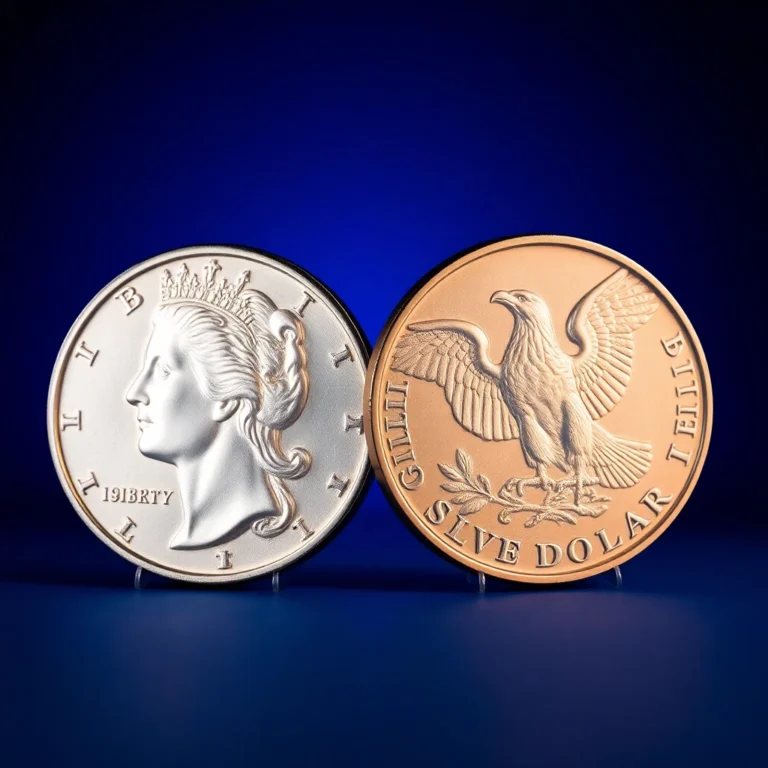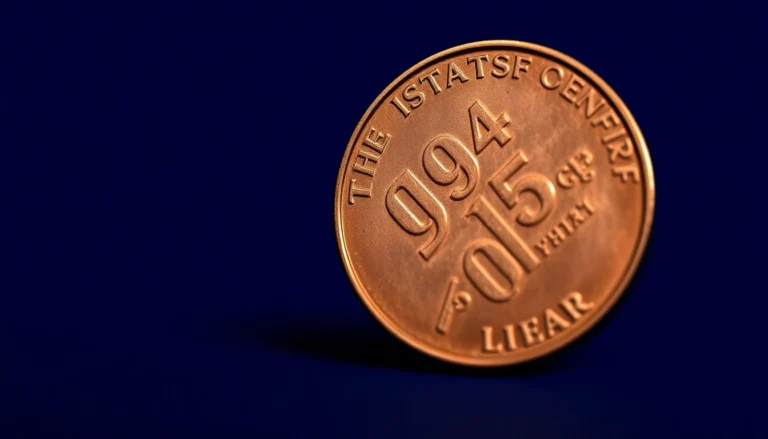In the world of numismatics, few stories are as captivating as that of the 1974-D Aluminum Penny. Imagine a coin that was never meant to circulate, yet its elusive presence has sparked intrigue and debate for decades. This enigmatic piece, crafted during an era of economic challenges, offers collectors a tantalizing glimpse into a what-if scenario of American coinage history.
The significance of the 1974-D Aluminum Penny extends beyond its material composition; it symbolizes a pivotal moment when the U.S. Mint considered a radical shift from traditional copper. For collectors, this coin represents the allure of rarity combined with the thrill of a treasure hunt. In this article, you’ll explore the fascinating backstory of this numismatic oddity, understand the legal battles it has inspired, and discover why it remains a highly coveted piece among enthusiasts.
As you delve deeper, you’ll uncover the factors contributing to its legendary status and the enigmatic value that continues to captivate the numismatic community. Could the 1974-D Aluminum Penny be the ultimate hidden gem in your collection?
The Mystery of the 1974-D Aluminum Penny and Its Impact on Numismatics
The 1974-D Aluminum Penny is one of the most intriguing numismatic anomalies of the 20th century. Its story is a blend of historical significance, legislative experimentation, and numismatic rarity. This unique coin has captivated collectors and experts alike, offering a glimpse into a pivotal moment in U.S. coinage history.
Historical Background and Significance
In the early 1970s, the United States was grappling with rising copper prices. This led the U.S. Mint to explore alternative materials for coin production. In 1973, the Mint experimented with aluminum, producing approximately 1.5 million pennies in 1974 as potential replacements for the copper cent. However, congressional pushback and concerns over vending machine compatibility led to the decision to scrap the project. Most examples were melted down, but a few escaped, creating a numismatic legend. 🏛️
Physical Characteristics and Design
The 1974-D Aluminum Penny retains the familiar design of the Lincoln cent, with Abraham Lincoln’s profile on the obverse and the Lincoln Memorial on the reverse. However, its composition is starkly different—struck in aluminum, the coin weighs about 0.93 grams, significantly lighter than the standard copper cent. This difference in weight and material gives the coin a distinctive silvery appearance. 🪙
Mintage Figures and Rarity
While the initial mintage was around 1.5 million, nearly all these coins were destroyed after the project was discontinued. Only a small number are believed to exist outside of official collections, making the 1974-D Aluminum Penny exceedingly rare. Its rarity is compounded by legal restrictions on private ownership, as these coins were never officially released into circulation.
Known Varieties or Errors
Given the limited number of surviving examples, there are no recognized varieties or errors associated with the 1974-D Aluminum Penny. Each known specimen conforms to the standard design and composition of the experimental series.
Value Information
The value of a 1974-D Aluminum Penny, should one come to market, is largely speculative due to its rarity and legal status. However, experts can provide estimates based on similar rare and historical coins. Below is a hypothetical value table reflecting the potential range of values in various conditions:
| Grade | Value Range |
|---|---|
| Good (G-4) | $250,000-$350,000 |
| Very Good (VG-8) | $300,000-$400,000 |
| Fine (F-12) | $350,000-$450,000 |
| Very Fine (VF-20) | $400,000-$500,000 |
| Extremely Fine (EF-40) | $450,000-$550,000 |
| About Uncirculated (AU-50) | $500,000-$600,000 |
| Mint State (MS-60) | $600,000-$700,000 |
| Gem Mint State (MS-65) | $700,000-$850,000 |
Authentication Tips
Due to the rarity and potential value of the 1974-D Aluminum Penny, authentication is crucial. Collectors should look for the following:
- Weight: The coin should weigh approximately 0.93 grams.
- Appearance: A distinct silvery color, unlike copper cents.
- Certification: Ensure the coin is certified by a reputable grading service such as PCGS or NGC.
Expert Collecting Advice
For those passionate about rare coins, the 1974-D Aluminum Penny represents the pinnacle of collecting. Given its rarity, any opportunity to own or study such a piece should be approached with diligence and care. Always verify provenance and seek expert authentication.
In conclusion, the 1974-D Aluminum Penny is more than a coin; it’s a symbol of a unique experiment in U.S. numismatic history. Its story continues to inspire collectors and historians, reminding us of the ever-evolving nature of currency and the enduring allure of rare coins. 🏆
FAQs
What is the value of a 1974-D Aluminum Penny, and how is it graded?
The 1974-D Aluminum Penny is considered extremely valuable due to its rarity, with values potentially reaching hundreds of thousands of dollars at auction. Its grading, like other coins, depends on factors such as strike quality, surface preservation, and luster, but authentication is crucial due to its unique metal composition.
How can I authenticate a 1974-D Aluminum Penny?
Authenticating a 1974-D Aluminum Penny requires professional evaluation, typically using X-ray fluorescence (XRF) to verify its aluminum composition. It’s important to consult with a reputable numismatic expert or a third-party grading service like PCGS or NGC for authentication.
What advice would you give to someone looking to collect rare prototype coins like the 1974-D Aluminum Penny?
When collecting rare prototype coins, focus on acquiring authenticated and graded pieces. Research their historical context, connect with knowledgeable collectors, and stay updated on auction results to understand current market trends and values.
Why is the 1974-D Aluminum Penny historically significant?
The 1974-D Aluminum Penny holds historical significance as it was part of an experimental series by the U.S. Mint to reduce production costs. Only a few were produced before the idea was scrapped, making it a fascinating piece of numismatic history and a symbol of monetary experimentation.
Are there any common varieties or errors related to the 1974-D Aluminum Penny?
Given its prototype status, the 1974-D Aluminum Penny itself is unique, with no known common varieties or errors. However, its existence highlights the experimental phase at the U.S. Mint, prompting collectors to explore other experimental coins and errors from that era.
